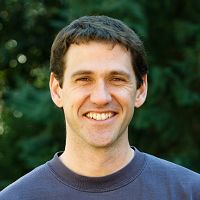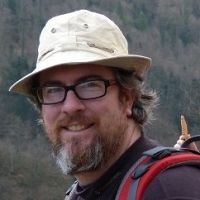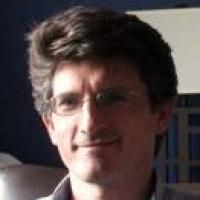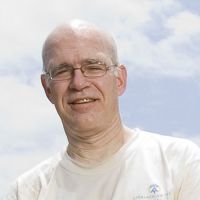Nelson et al., 2019
What is soil? An integrative exploration of a Critical material
Nelson, Donald R, Michael R Coughlan, Amilcare M Porporato, Daniel deB. Richter (2019)
American Geophysical Union Fall Meeting, San Francisco, CA, December 9-13, 2019
-
Calhoun, INVESTIGATOR
-
Calhoun, INVESTIGATOR, COLLABORATOR
-
Calhoun, INVESTIGATOR
-
Calhoun, INVESTIGATOR
Abstract
Critical Zone science poses fundamental queries about the functioning of Earth's permeable near-surface layer. Soil materially connects CZ components and is central to many of these functions. Yet soil, as a scientific construct, bears multiple definitions, both within natural sciences and most evidently between natural and social sciences. Our central thesis is that Critical Zone science can benefit from a shared, integrative exploration of soil. Within soil science, there has been a long-term shift, from considering humans as soil-disturbers to considering humans as soil-formers. The World Reference Base for Soil Resources currently includes Anthrosols and Technosols among its soil reference groups, both of which form through human activities. The human role in these models is largely constrained to input-output of matter and energy, in which humans are external, homogenous drivers of soil change and formation. Similarly, social science predominantly views human land use as a dissipative process, whereby interaction fundamentally equates to the energetic and material degradation of soils. However, the demands that we place on soil to provide for human sustenance on an increasingly human-dominated planet, requires an integrative approach that comprehends humans as endogenous to soil formation through iterative processes involving consequential feedback between perception, behavior and soil.
Foundational work in archaeology and ethnoecology serves a starting point for shared understanding. The application of Niche Construction Theory in social science, for example, explores the evolutionary and recursive relationships between humans and their material environments. Elucidating the cognitive aspects of humans and their environments and the social processes that underlie human-environment interactions, helps us to understand not only what people do, but why, and in response to what. In doing so, we can close the loop in soil formation models and develop a more holistic and thorough understanding of what soil is. A shared comprehension, or minimally, a dialogue that appreciates soil as emerging from social and physical processes, and as imbued with both physical and social characteristics offers the possibility of a richer science. Here we offer a humble step to jumpstart the dialogue.
Citation
Nelson, Donald R, Michael R Coughlan, Amilcare M Porporato, Daniel deB. Richter (2019): What is soil? An integrative exploration of a Critical material. American Geophysical Union Fall Meeting, San Francisco, CA, December 9-13, 2019.
 This Paper/Book acknowledges NSF CZO grant support.
This Paper/Book acknowledges NSF CZO grant support.
Explore Further




